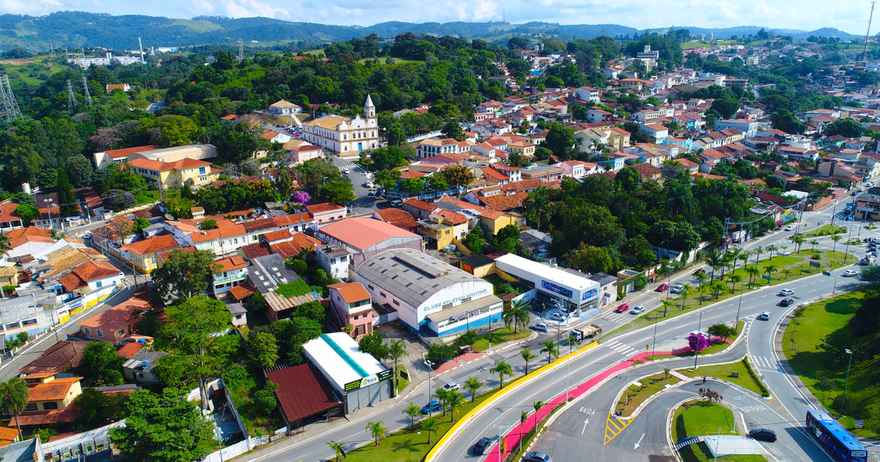Achieving the Sustainable Development Goals: One City at a Time

By May East
The case for cities supporting the UN Sustainable Development Goals (SDGs) is incredibly compelling. Cities generate their own wealth, shape local and often national policies and are spearheading a thrilling new vision of governance for the implementation of the SDGs. Some even say that in this century, it will be the city that becomes the nexus of economic and political power and ecological regeneration. In many cases city officials are responding to transnational problems more effectively than nation-states wedded to sovereign rivalries.
The challenge for cities is to reduce their ecological footprint which is often more than 100 times larger than the geographical area occupied by the city itself. The need to shift away from fossil fuel and fossil material dependency creates an opportunity for cities to reshape their economies by harnessing regionally generated renewable energy and biomaterials. In this way, they can provide a context for the wider implementation of the SDGs.
Three years after the launch of the SDGs, progress in implementation has been mixed at best. On the one hand, awareness of the goals has grown significantly, with cities around the world having pledged to support the SDGs in some way. But myriad reports now warn that the localisation of the SDGs process of adapting, implementing and monitoring the SDGs at the local level is too slow. Regenerative development, however, offers an opportunity to reduce the impact of cities and implement the SDGs in ways that are carefully adapted to the biocultural uniqueness of place.
In 2018 New York City released the world’s first Voluntary Local Review (VLR), reporting on local progress on the SDGs. In particular, it highlights progress in delivering the OneNYC strategy, the city’s plan to become the most resilient, equitable, and sustainable city in the world. Among its many objectives, it aims to lift 800,000 New Yorkers out of poverty, create new job opportunities and expand nursery education, achieve the cleanest air of any large U.S. city and protect residents most at risk from climate change. Of the 564 milestones set for the end of 2017, 86% were either completed or partially completed, according to the city mayor.
Inspired by New York’s ground breaking work, the Brazilian city of Santana de Parnaiba has similarly begun to mobilise its efforts.
Part of the Metropolitan Region of São Paulo, the city was quick to action the VLR process by identifying its ‘catalyser SDGs’ – those goals that, once implemented, will enable the more effective and efficient implementation of many, if not all, of the other SDGs. Three core goals were identified – peace, justice and strong institutions (SDG 16), quality education (SDG4) and good health and well being (SDG 3).
In Santana, SDG 16 had its roots in the Cidade Segura (Safe City) initiative. Continuing professional development of the police force; establishment of the first women’s police station to combat domestic violence; restoration of sidewalks and a virtual detection system cross-referencing images of vehicles with legal documentation are amongst some of the facets of Safe City. All these activities have enabled the city to turn the corner with levels of violence and crime down by 48% over the past five years. Today, it is one of the 10 safest cities in Brazil.
There has also been good progress in achieving improvements in education with eight new schools opened, guaranteeing quality early years education for 5,000 children, and three new colleges to provide improved technical training for young adults.
On health, the Mais Saúde (More Health) programme is improving the fundamental pillars of public health by promoting universal access to health care, investing in illness prevention, increasing the quality of life through the creation of municipal parks and green spaces and rewarding health professionals with decent salaries.
Public engagement lies at the heart of the SDGs. Too often, progress in some cities has been hindered by a lack of engagement and understanding by city officials. Santana de Parnaiba shows the progress that can be achieved when local government is fully engaged in the process. This summer, technical staff from various functions joined a series of SDG training events develop by Gaia Education in partnership with UNESCO GAP Secretariat , setting the stage for multi-stakeholder involvement, with a focus on delivering sustainable development through strong political leadership and integrated governance.
Under the political will of the Mayor, a Commission was formed to coordinate the city’s VLR process and the municipality Department of Statistics is now adapting the global SDGs into an ambitious yet realistic local agenda, measured by a robust set of evidence-based parameters backed by public support and input.
Setting Global Goals was crucial for galvanising action towards a sustainable and regenerative development for all. With the SDG agenda centred on 17 Goals and 169 Targets, it can be difficult for cities to know where to start, but New York and Santana do Parnaiba show that it is possible to achieve the SDGS, one city at a time.

For more information on the Achieving SDGs – One City at a Time process developed by Gaia Education and UNESCO GAP contact cities@gaiaeducation.org
This article was originally published in The Scotsman on 25 October 2018 here.






0 comments
Leave a comment